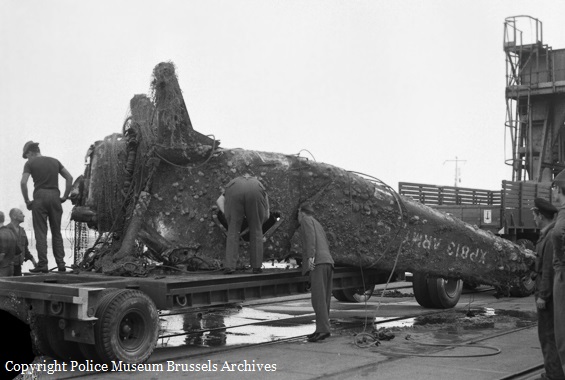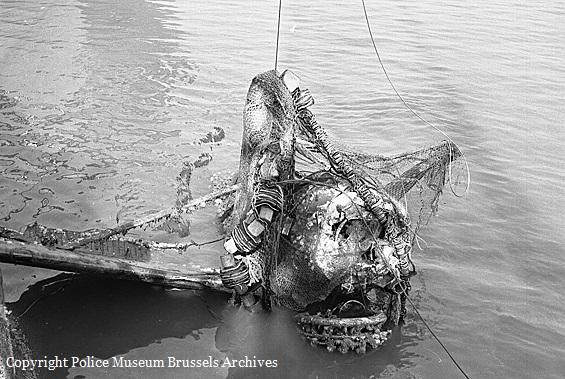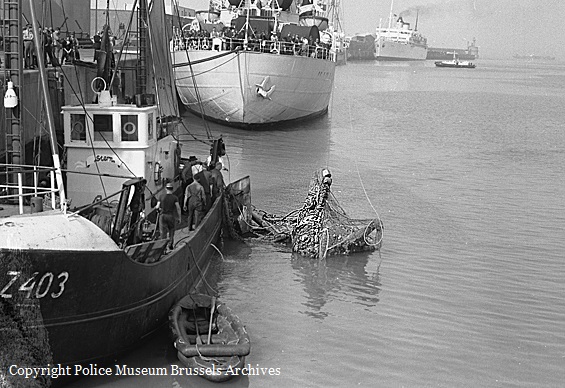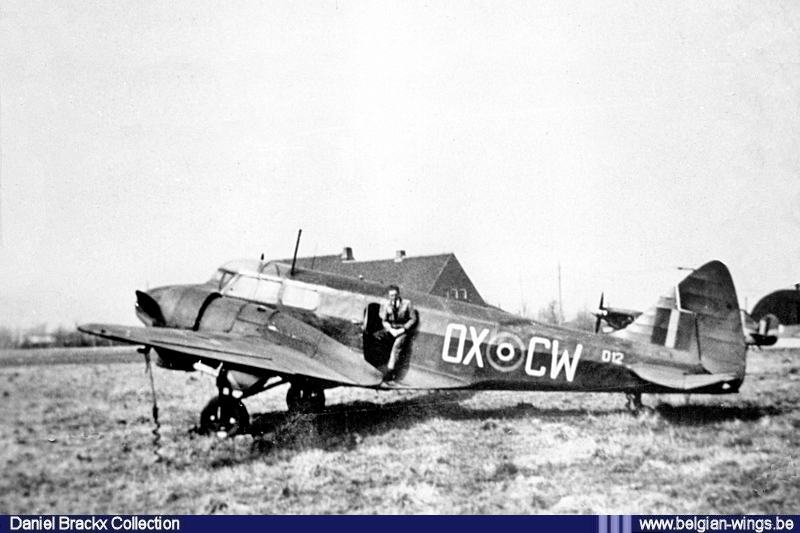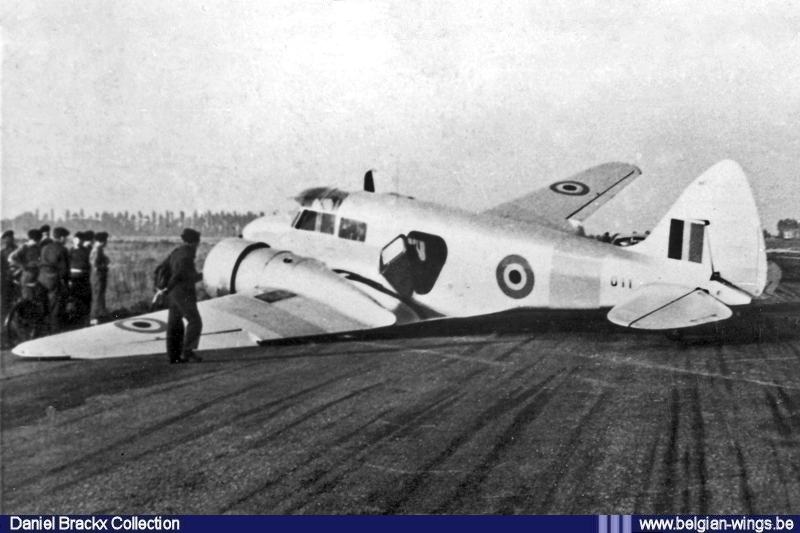Crash fo a De Havilland DHC-2 Beaver AL1 off Zeebrugge: 1 killed
Date & Time:
Jan 24, 1962 at 1843 LT
Registration:
XP813
Survivors:
No
Schedule:
Antwerp – Manston
MSN:
1469
YOM:
1961
Crew on board:
1
Crew fatalities:
Pax on board:
0
Pax fatalities:
Other fatalities:
Total fatalities:
1
Circumstances:
En route from Antwerp to Manston, Kent, the single engine aircraft went out of control and crashed into the sea off Zeebrugge (WZC de Noordhinder). The pilot was killed and the aircraft was later recovered.
Crew:
WO2 S. Mousley, pilot.
Crew:
WO2 S. Mousley, pilot.
